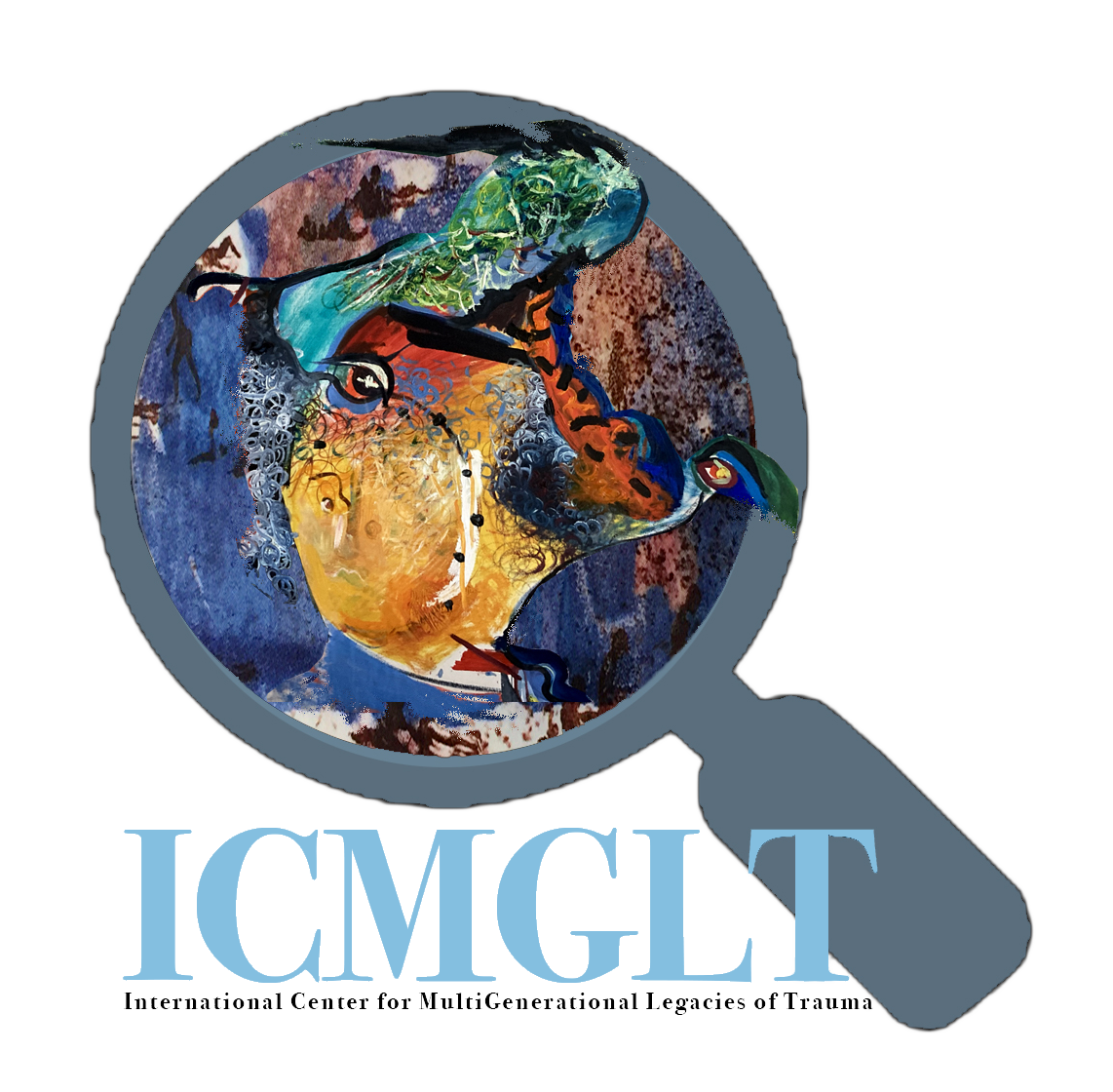Scientists suggest meat consumption was pivotal to humans’ development of larger brains, but the transition probably didn’t start with Australopithecus, according to a new study
January 22, 2025 5:08 p.m.
The ape-like human ancestor Australopithecus—perhaps best known from the iconic fossil ‘Lucy’—might not have had much meat on its menu. After examining more than 3.3-million-year-old remains from seven specimens in South Africa, scientists suggest these Australopithecus individuals were mostly vegetarian.
The new work, detailed in a study published last week in the journal Science, sheds light on prehistoric diets using the nitrogen ratios in fossilized teeth.
“This method opens up exciting possibilities for understanding human evolution, and it has the potential to answer crucial questions, for example, when did our ancestors begin to incorporate meat in their diet?” says co-author Alfredo Martínez-García, an environmental scientist at the Max Planck Institute for Chemistry, in a statement. “And was the onset of meat consumption linked to an increase in brain volume?”
Scientists suspect that the transition to eating meat allowed our ancestors’ brains to grow and, consequently, develop the crucial ability to produce and use tools. Exactly when and how that transition happened, however, is still unclear.
“Meat likely played a significant role in the expansion of cranial capacity—larger brain development—during human evolution. Animal resources provide a highly concentrated source of calories and are rich in essential nutrients, minerals and vitamins that are critical for fueling a large brain,” study lead author Tina Lüdecke, a geochemist at the Max Planck Institute for Chemistry and the University of the Witwatersrand in South Africa, tells Reuters’ Will Dunham.
Lüdecke and her colleagues’ recent work, however, suggests the transition to meat-eating did not happen during the lifetimes of the seven studied Australopithecus individuals, which spanned between 3.3 million and 3.7 million years ago. This conclusion comes despite some evidence that associates some Australopithecus specimens with stone tools.
“These are still fairly ape-like, small-brained hominins, that already walkedupright but had a more ape-like walk,” Lüdecke tells NPR’s Nell Greenfieldboyce. “Here, for the first time, we have actual numbers to put on there to say, ‘Ok, not much meat was consumed for these small-brained hominins.’”
The team analyzed nitrogen isotopes—forms of nitrogen with different numbers of neutrons—in the fossilized tooth enamel from the Australopithecus remains. Because food digestion in animals ultimately expels “light” nitrogen (14N) from the body, it increases the body’s ratio of “heavy” nitrogen (15N) to 14N, in comparison to its food. In other words, the higher up the food chain an animal is, the higher its 15N to 14N ratio, according to the statement.
Scientists have previously analyzed nitrogen isotope ratios in “younger” organic remains such as hair, claws and bones, to study human and animal diets. But for the recent research, the team developed a new method to apply this technique to tooth remains that are millions of years old.
“Tooth enamel is the hardest tissue of the mammalian body and can preserve the isotopic fingerprint of an animal’s diet for millions of years,” Lüdecke explains in the statement.
/https://tf-cmsv2-smithsonianmag-media.s3.amazonaws.com/filer_public/0f/6e/0f6e404d-d867-42fa-ba48-fbe717d46b02/low-res_pic_4.jpeg)
The researchers then compared the 15N to 14N ratio in the Australopithecusremains to fossilized tooth samples from animals that lived around the same time, including both ancient herbivores and carnivores. Though variable, the Australopithecus ratios were more similar to those of herbivores, ultimately suggesting that these human ancestors depended mostly on a vegetarian diet.
This finding, however, doesn’t exclude the possibility that Australopithecusfeasted on termites, which contain less 15N than large mammal meat does. “We see that apes nowadays [fish for termites], so why not our ancestors?” says Lüdecke to Science News’ Jake Buehler.
Ultimately, the study suggests Australopithecus had not yet started to enjoy a meaty diet at the time. However, the novel method Lüdecke’s team developed could now be used to track down those human ancestors that did.
“It means that one can look at other hominins, and try and do the same kind of measurements, and try to get a sense of what they were consuming during life,” Bernard Wood, a paleoanthropologist at the George Washington University who was not involved in the study, says to NPR. Moving forward, the researchers plan to continue investigating the origin of meat-eating in our ancestors and whether it triggered an evolutionary benefit.




